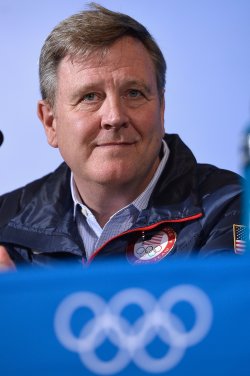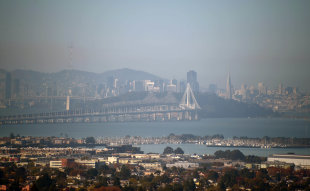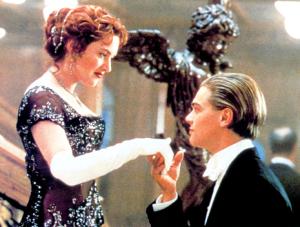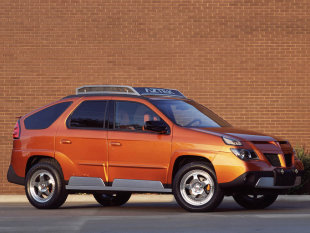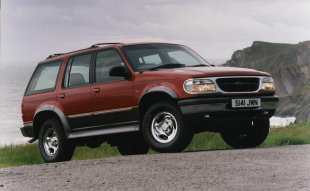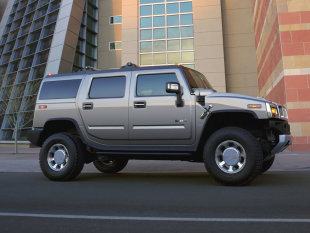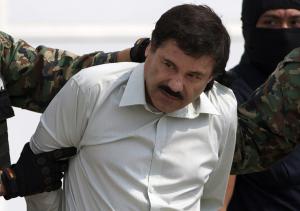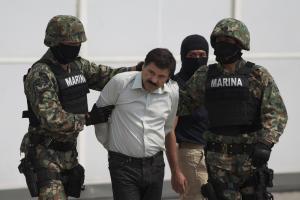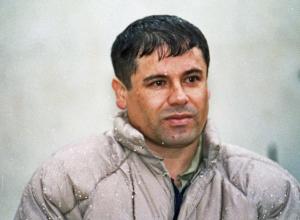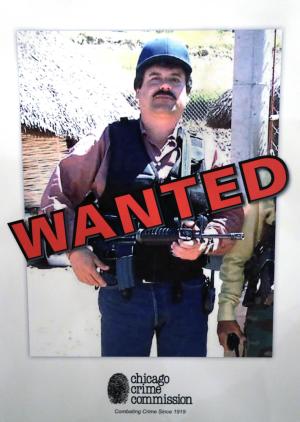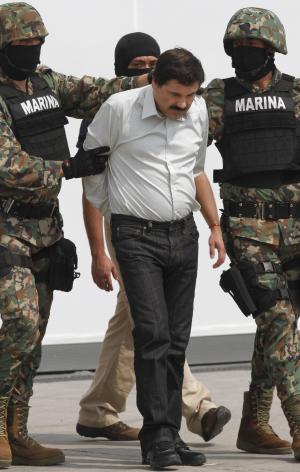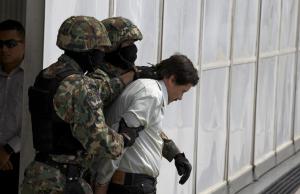The battle in Kiev is, in large part, a fight for the country's economic future — for better jobs and prosperity.
The two countries emerged from the collapse of the Soviet Union two decades ago in roughly similar economic shape. But Poland joined the EU and focused on reforms and investment — and by one measure is now three times richer than Ukraine.
Ukraine, on the
other hand, sank in a post-Soviet swamp of corruption, bad government
and short-sighted reliance on cheap gas from Russia.
Per
capita economic output is only around $7,300, even adjusted for the
lower cost of living there, compared to $22,200 in Poland and around
$51,700 in the United States. Ukraine ranks 137th worldwide, behind El
Salvador, Namibia, and Guyana.
Protests
broke out in November after President Viktor Yanukovych backed out of
signing an agreement with the EU that would have brought the economy
closer in line with European standards. After violent protests resulted
in scores of deaths, the government and the opposition signed an
agreement on Friday. But it is unclear whether it will succeed in
providing a stable government that can heal the rifts and improve the
economy.
It didn't have to be this way, experts say. Ukraine has a
large potential consumer market, with 46 million people, an educated
workforce, and a rich potential export market next door in the EU. It
has a significant industrial base and good natural resources, in
particular rich farmland.How did things go so wrong? Here are the main reasons.
OLD INDUSTRY: Ukraine did little to move away from Soviet-era industries producing commodities such as steel, metals and chemicals. Former communist state companies, often privatized to politically connected figures, relied on cheap gas from Russia and growing demand from the world economy for their raw materials.
That helped Ukraine's economy grow rapidly from 2000 to 2008, but reduced pressure to modernize.
When
the world economy fell into a crisis in 2008, demand for Ukraine's raw
materials plunged. Then in 2009, Russia significantly raised the price
of its gas supplies, further pulling the rug from underneath the
country's export industries.
Pekka Sutela, an economist at
Finland's Lappeenranta University of Technology who has extensively
studied post-Soviet economies, calls the gas-based export boom "the
Ukrainian curse.""The economy was able to grow without making the necessary changes," he said.
GAS FOLLIES: Ukraine's state gas company, Naftogaz, charges customers only about 20 percent of what it pays for imported Russian gas. That means the government spends about 7.5 percent of the entire economy's output each year on a massive home heating subsidy aimed at keeping voters happy. That results in large budget deficits that the government must borrow to cover.
The International Monetary Fund tried to help Ukraine through its post-crisis troubles, with loan packages in 2008 and 2010. Each time, the IMF turned off the money tap after Ukraine refused to follow policy requirements including raising gas prices or cutting back sufficiently on generous government salaries and pensions.
CORRUPTION:
A recent World Bank study of the economy cited "pervasive" corruption
as a major factor holding back the economy. At street level, businesses
are subjected to arbitrary treatment by officials and demands for
bribes. Higher up, there is widespread public skepticism over the
fortunes amassed by the connected, known as oligarchs. In particular,
attention has focused on the career of Yanukovych's son Oleksandr, a
dentist who according to Forbes Ukraine has amassed a $510 million
fortune through various business enterprises.
Ukraine ranked 144
out of 175 countries in the 2013 corruption perception index compiled by
Transparency International, an anti-corruption group, behind Papua New
Guinea, Nigeria, and Iran.RED TAPE: Business advocates say owners sometimes prefer paying bribes to obeying regulations and taxes that are so complicated and burdensome that they would be out of business if they complied. The country's complex business tax laws require 390 hours a year to comply with and take 54.9 percent of profits. That put Ukraine 164th out of 189 countries in ease of paying taxes in a World Bank survey.
BROKEN FINANCES:
Ukraine's finances now are in such bad shape that it will have trouble
paying its debts this year without outside help. With continuing
deficits, it faces borrowing needs of between $7 billion and $10 billion
this year. Its poor prospects mean it's unlikely to be able to borrow
more on bond markets.
On top
of that, the central bank has been spending its dwindling foreign
currency reserves, which were down to $17.8 billion at the end of
January, to prop up the exchange rate of the hryvnia currency. One
reason it is doing so is likely that many businesses and consumers owe
money in dollars — a sharp drop in the hryvnia could trigger widespread
bankruptcies.
Unfortunately, keeping the currency artificially strong hurts exports.
Russia
had promised $15 billion in credit — an inducement to abandon closer
ties with the EU and join a Russian-sponsored trade group. Even that
money, however, seems to be on hold due to uncertainty about the fate of
the Yanukovych government. Ratings agency Standard & Poors said
Friday Ukraine would likely default without a significant improvement in
the political crisis.
Sutela said that even Russian help would only be a stopgap and couldn't paper over the need for fundamental change.
"Next autumn, they will go cap in hand and beg the Russians for money again," he said.
